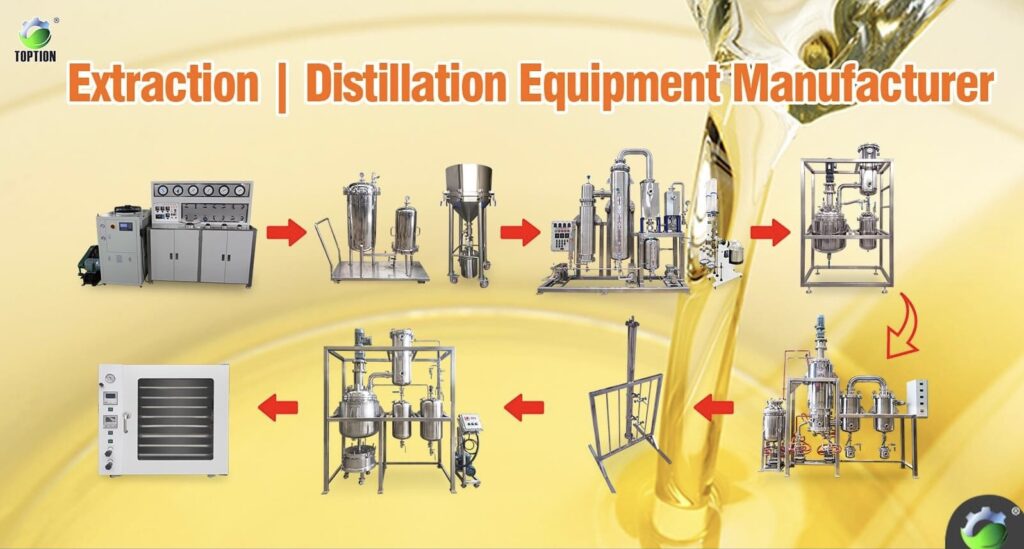How is Hemp Processed?

Cannabinoid extraction methods are comparable in principle and practice to those used in the botanical, culinary, and pharmaceutical sectors. However, only a few solvent-based processes can produce industrial-scale hemp extract: hydrocarbon, carbon dioxide (CO2), and alcohol extraction. Here are some common methods of obtaining cannabinoids:
1. Plant Extraction:
o Solvent Extraction: This method involves using a solvent (such as ethanol, butane, or CO2) to dissolve the cannabinoids and other desirable compounds from the plant material. The solvent is then evaporated, leaving behind a concentrated cannabinoid extract. This extract can be further processed to isolate specific cannabinoids.
o Supercritical CO2 Extraction: CO2 is pressurized to become a supercritical fluid that can effectively extract cannabinoids from the plant material. It offers a clean and efficient way to isolate cannabinoids and other compounds.
2. Isolation and Purification:
Chromatography: Techniques like liquid chromatography are used to separate and isolate specific cannabinoids from a mixture. This is often done to obtain pure cannabinoid compounds for research or medical purposes.
3. Chemical Synthesis:
Some cannabinoids can be synthesized in a laboratory setting using chemical reactions. This allows researchers to produce specific cannabinoids for study or medical use. However, natural cannabinoids are generally preferred due to potential differences in effects and safety.




